Here at Food52, we like parties. And we want you to throw some too -- so we'll be talking about tips, tricks, advice, and some stories about entertaining at home.
Today: Take a cue from the 80s for your next dinner party (hint: it's not playing Bangles songs on repeat).
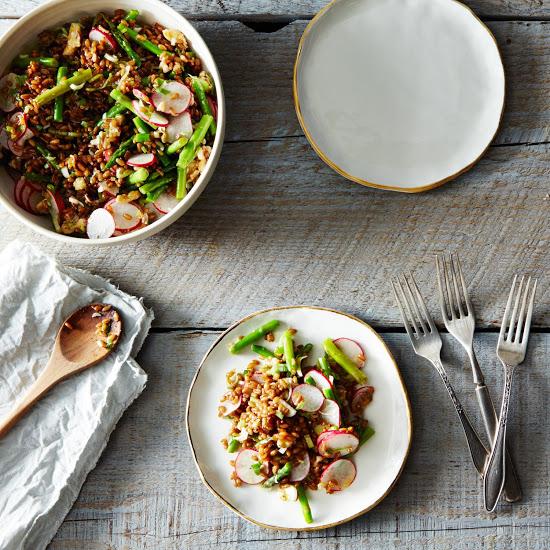
I live in New York City. And while I am surrounded by dozens of coworkers, college acquantainces, and close friends, I find that a city of such scale often discourages cooking for each other. We don’t live like one big Friends episode, casually popping over to each other’s apartments, because there are too many excellent restaurants to try. I miss the casual entertaining that small towns inspire through necessity, so I’ve taken it upon myself to start hosting dinner parties.
I’m a confident cook, but by no means a confident host (unless you consider opening multiple bottles of wine at once confident). At the outset, I got lots of advice such as: Keep things simple, don’t try and make everything from scratch, and don’t worry about impressing guests. But, I thought, what if I want to impress guests? A dinner party is an excuse to make an occasion out of an otherwise ordinary night and do something special to bring people together.
Here’s what I’ve learned, from my own trial and error and some sage advice, about how to successfully execute the food for a dinner party:
We eat with our eyes first. And while we are (thankfully) well beyond the 80s era of mile-high food dotted with dozens of sauces, there are some elements of the fancy plating trend that I think are worth keeping.
When you’re planning the menu for a dinner party, don’t underestimate the importance of well-plated, beautiful food. Feeding people is a pleasure and a way to express yourself, so don’t shy away from attention to detail. You’re putting work into a meal, so embrace it. Rustic food has its place, but so does carefully orchestrated food to impress your friends. Your dishes should taste good above all else, but presentation matters.
Mix up the colors:
Use naturally striking ingredients (like crimson beets, pale yellow pasta, and snowy white poached eggs) to your advantage. I always use white plates -- they match any dish and show off colors best. Choose one element to be the focal point of the plate and play with colors that contrast it. Don't pair a beige protein like chicken with pale sides like rice and potatoes without including some greens or bright citrus. If you're making your own pasta, pick vegetables that stand out against a bright yellow.
Always garnish:
For an ordinary weeknight dinner, garnishes can feel fussy and unnecessary. Are you going to spend the extra minute topping your pasta with a sprig of dill? Unlikely. But for entertaining, garnishes are your best friend. They elevate a dish instantly and add texture and color. Fresh herbs are the quickest, easiest garnish, and almost any dish will benefit from their bright flavor.
Choose a garnish that works with the flavors of your dish: If it’s Asian, try a sprinkle of black sesame seeds. Toasted chopped nuts work beautifully on pasta and vegetables. Most creamy soups will look twice as pretty with a swirl of plain yogurt on the surface. When in doubt, bacon and cheese count as a garnish.
Rehearse your choreography:
Cooking invariably takes longer than you think it will, and plating your food carefully adds on more time. I'm all in favor of spontaneity in the kitchen, but this is not the time to wing it. Don’t try a dish you’ve never made before. The week before you entertain, do a practice run of the dishes. Cook and serve them exactly as you plan to for guests -- right down to the garnish -- so you are prepared for timing.
I subscribe to the Martha Stewart school of thought on menu planning: In her 1982 book Entertaining, she points out that “if a menu demands more than 15 minutes of last minute preparation, it is the wrong menu, for presumably you are not a restaurant chef, but a friend whom guests expect to see.” Most importantly, your guests are there to spend time with you, and planning a complicated menu isn’t worth it if you’ll spend the party sweating in the kitchen and breathing into a paper bag to get through. Keep it simple (and maybe keep a glass of wine close by).
Warm the plates:
This might seem like the habit of slightly obsessive cooks, but you'd be wise to try it. Serving on a warm plate is an elegant, but also practical, touch to keep the food hotter longer and make your dinner party feel extra-special. The easiest way to do it is to slide your plates into a low temperature oven (below 200° F) for a few minutes. You can also run hot water over them and quickly dry them, or buy a plate warmer if you’re really feeling fancy.
Don’t skimp on the extras:
Along with your meal -- whether it’s served family-style or individually plated -- you’ll have some accessories: things like butter in a small dish, salt and pepper, dinner rolls, and side dishes. Depending on the size of your party, make sure you put enough of them on the table. While having to ask the person next to you to pass the Parker House rolls three times might foster a bond over your mutual love of carbohydrates, it’s nicer to have everything within arm's reach of each guest.
Now that you’re prepared to throw the world’s most lovely dinner party, here are some favorite dinner party dishes and drinks to inspire you. Just please don’t forget to mail us an invitation.
Tell us, what are your go-to dinner party dishes?
Photos by James Ransom
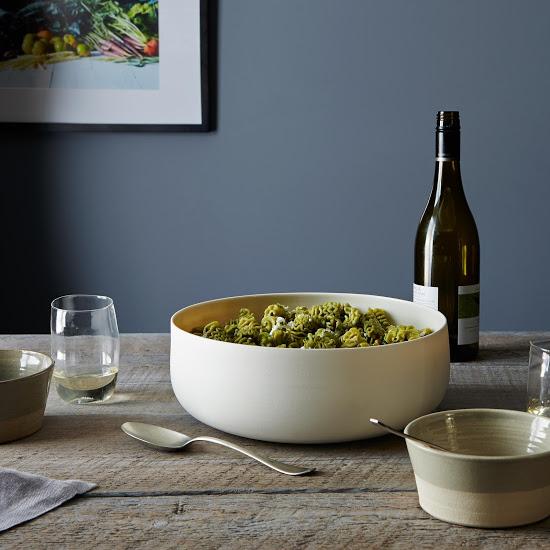
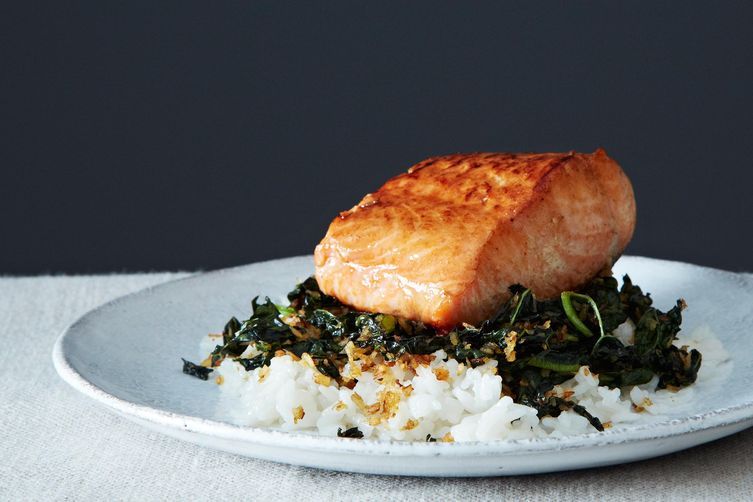
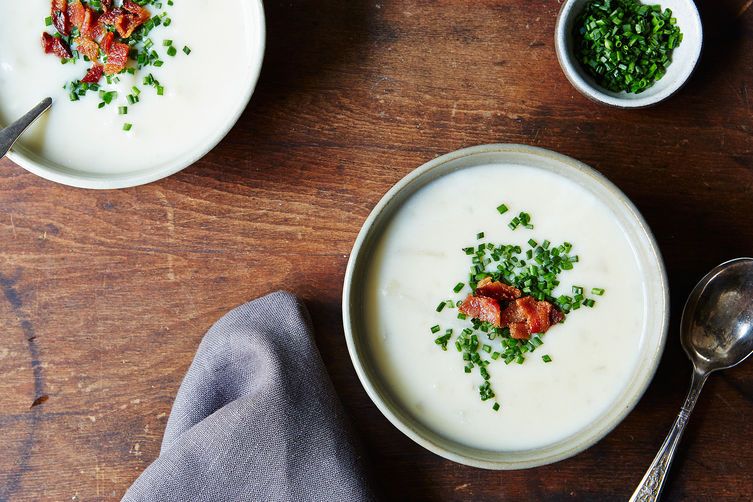
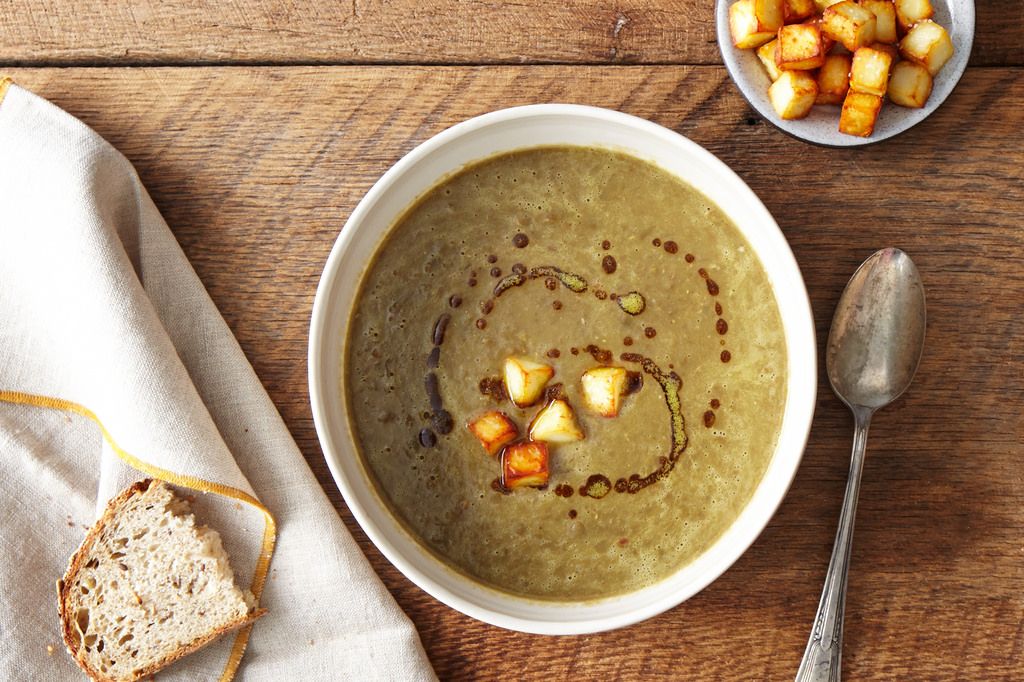

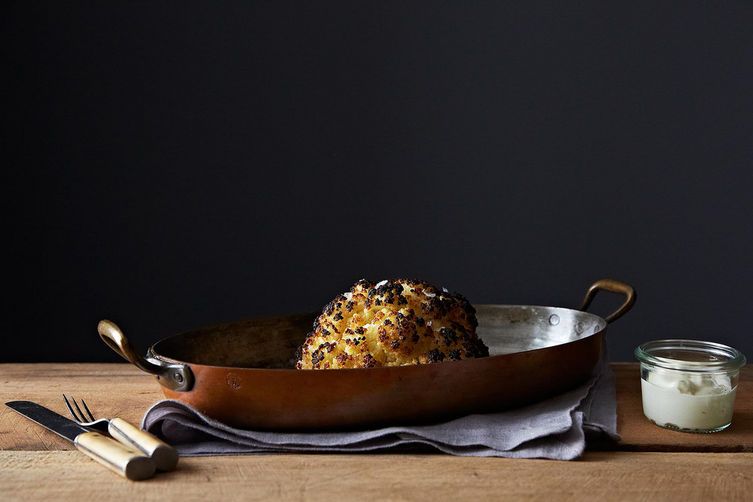
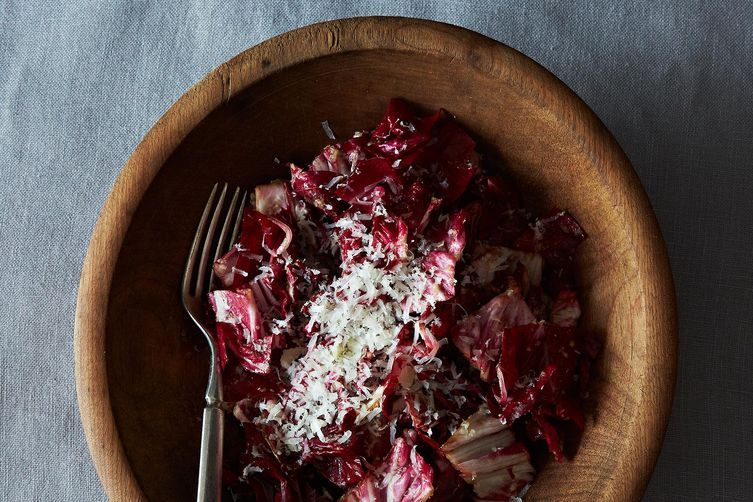

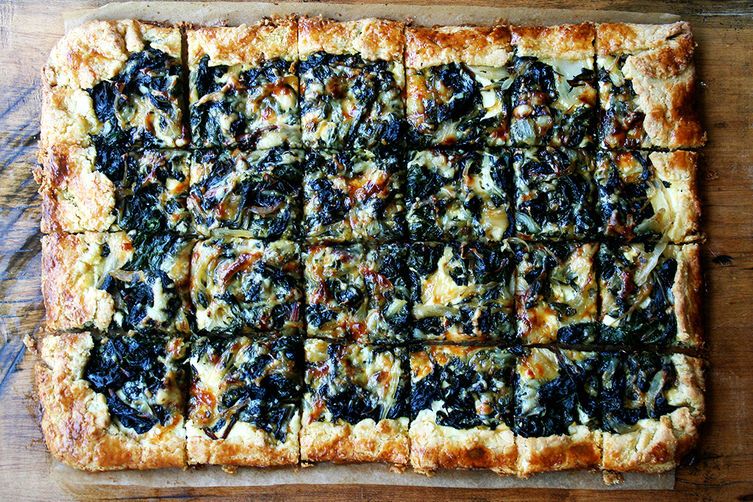

See what other Food52 readers are saying.